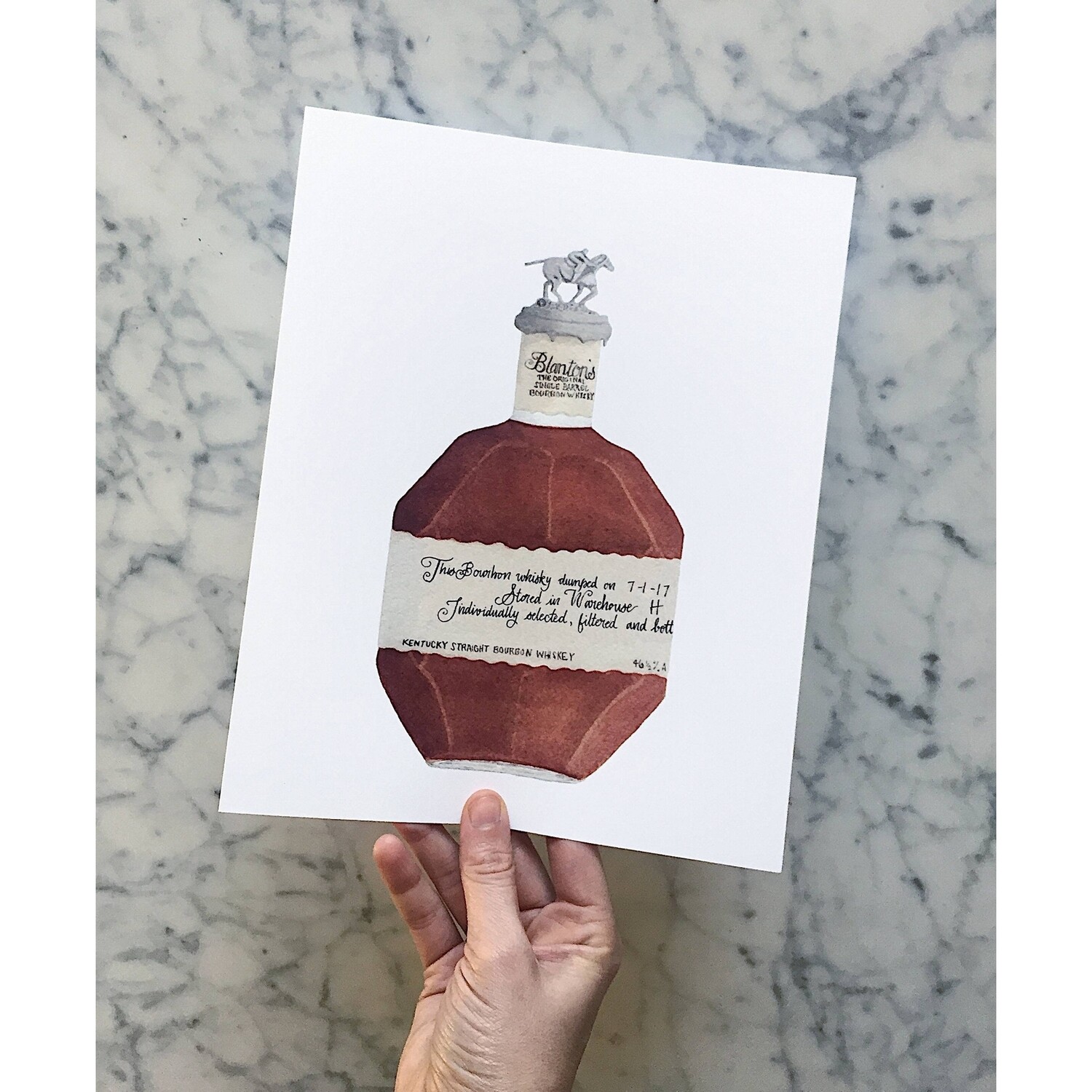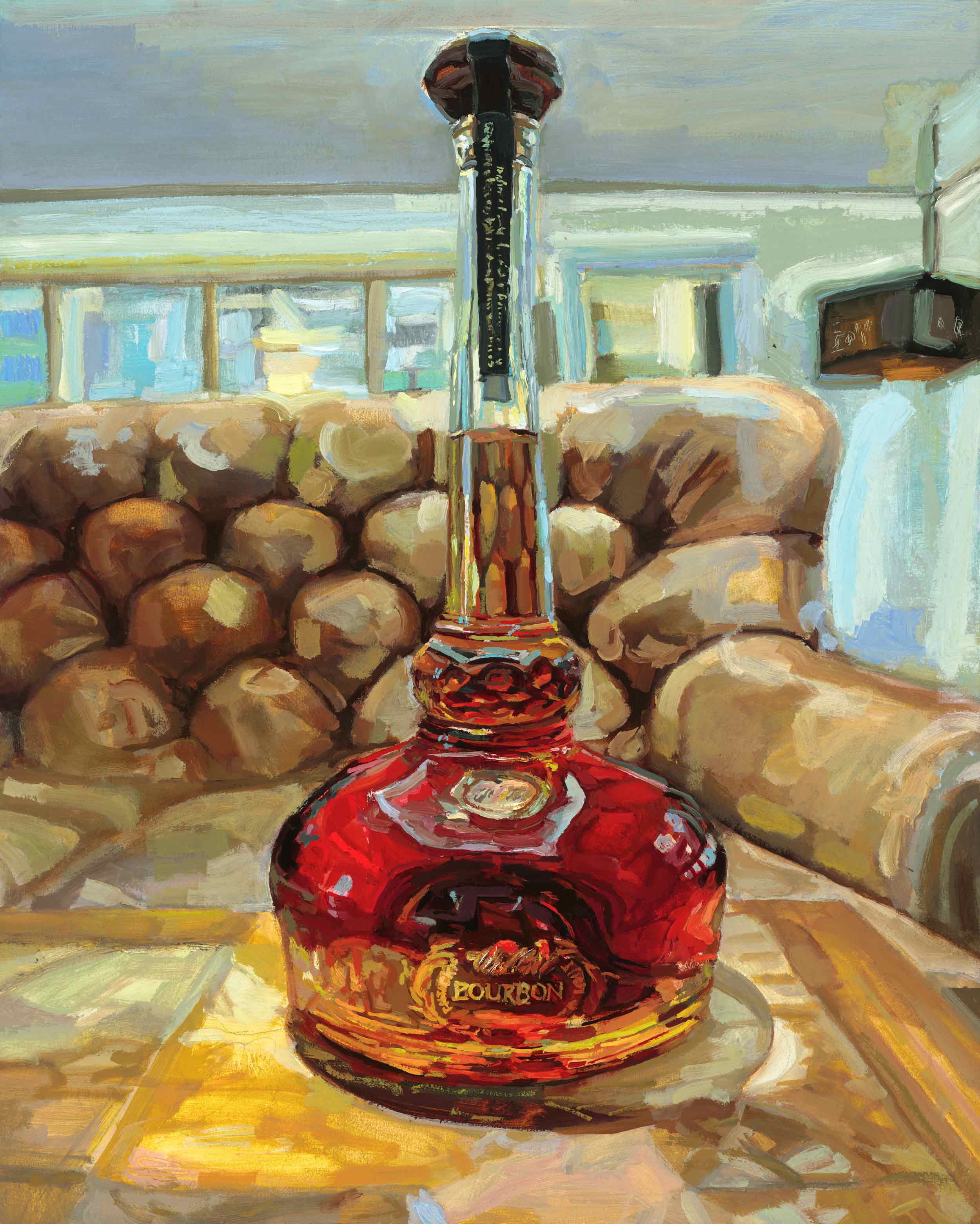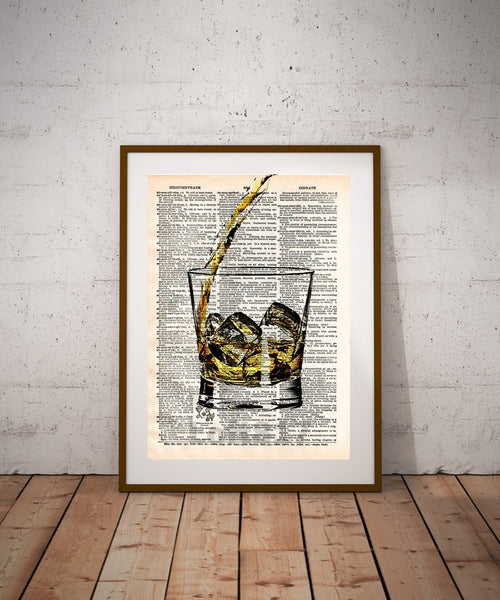Capturing the Significance of Whiskey Art Through Distinct Aesthetic Depictions and Designs
The art of bourbon prolongs beyond the liquid itself, showing up via a variety of aesthetic depictions that encapsulate its storied heritage and workmanship. What remains to be discovered is just how these developing styles reflect not only the whiskey itself but also the transforming landscape of artistic analysis. Realism Art.
The History of Whiskey Art

As whiskey production spread, so also did the need to elevate its experience with art. From the intricate engravings on very early casks to the sophisticated labels of modern bottles, each aspect reflects a special imaginative vision, functioning as a visual narrative of the scotch's heritage.
In the 19th and 18th centuries, the rise of the commercial revolution better enhanced scotch art, bring about ingenious product packaging and advertising and marketing that caught customer focus. Developers and artists began experimenting with appearances, imbuing whiskey-related images with symbolic definitions that conveyed notions of craftsmanship, area, and practice.
Today, bourbon art remains to progress, mixing typical approaches with modern art forms. Bourbon Art. This continuous dialogue between the spirit and its graph underscores the long-lasting bond in between scotch and society, enriching the general experience for enthusiasts worldwide
Iconic Bottle Designs
While several elements add to the allure of whiskey, renowned bottle styles play a crucial duty in forming consumer perception and improving the total experience. The aesthetic presentation of bourbon bottles is not simply an aesthetic factor to consider; it functions as a bridge in between the consumer and the item, stimulating feelings and setting assumptions.
Unique shapes, materials, and closures can boost a whiskey brand's identity, making it instantaneously recognizable on congested racks. As an example, the timeless Glenfiddich bottle, with its classy conical silhouette, communicates a sense of tradition and workmanship, while the bold, modern style of the Balvenie bottle mirrors innovation and sophistication. In addition, the usage of tinted glass or unique textures can suggest the quality and character of the scotch within.
Iconic designs typically include components of cultural heritage, symbolizing the brand's history and connection to its origins. Brand Names like Jack Daniel's utilize a straightforward, durable design that reverberates with its American bourbon heritage. Ultimately, the impact of bottle design prolongs past plain functionality; it encapsulates the significance of the brand name, inviting consumers to explore and indulge in the rich tapestry of bourbon society.
Tag Art Work and Branding
Bottle layouts usually establish the stage for what consumers can expect, but label artwork and branding play a similarly substantial function in communicating a bourbon's identification. The label works as the initial point of contact in between the item and the consumer, encapsulating the essence of the bourbon within its aesthetic components.
Efficient tag artwork integrates typography, imagery, and color to develop a narrative that reverberates with the brand's heritage and target audience. For example, a label featuring intricate pictures and vintage font styles might evoke a sense of practice and craftsmanship, appealing to connoisseurs. In contrast, vibrant colors and modern-day style aspects could draw in a more youthful market looking for technology and exhilaration.


Digital Photography and Visual Narration
Catching go now the significance of bourbon through photography and visual storytelling is an art kind that elevates the brand experience. This tool goes beyond plain product representation, diving right into the intricate narratives that surround each bottle. By utilizing engaging images, professional photographers can evoke emotions that resonate with consumers, eventually building a much deeper link to the bourbon brand name.
Aesthetic narration in bourbon photography often utilizes rich textures, lighting, and composition to highlight the one-of-a-kind features of the spirit. The interaction of light and darkness can emphasize the brownish-yellow tones of bourbon, while the choice of background elements-- such as rustic barrels or elegant glassware-- can reinforce the brand name's heritage or way of living associations.
Moreover, capturing the ceremonial facets of scotch usage, from the pouring to the tasting, invites viewers right into a sensory experience, permitting them to envision the tastes and aromas that await. Each photograph not just showcases check my reference the product but additionally narrates of craftsmanship, tradition, and the minutes that scotch can improve - Whiskey Art. Thus, digital photography ends up being a powerful device in verbalizing the identity of whiskey brand names, placing them within the wider social landscape
Arising Trends in Scotch Art
The development of bourbon art is progressively formed by contemporary patterns that reflect wider social shifts and customer choices. This change not only highlights the value of sustainability yet also boosts the story surrounding scotch manufacturing.
In addition, digital art has risen in appeal, permitting ingenious depictions of whiskey. Artists are leveraging innovation to craft immersive experiences, such as increased reality setups that involve visitors and offer a deeper understanding of bourbon's cultural relevance. This fad additionally encompasses social networks systems, where aesthetically striking content gathers interest and promotes neighborhood amongst lovers.
Furthermore, partnerships in between bourbon brand names and musicians are coming to be much more widespread. These collaborations produce limited-edition product packaging styles and unique art work that commemorate both the workmanship of bourbon and the creative thinking of musicians. As bourbon art proceeds to advance, these emerging trends will unquestionably form its future, promoting a dynamic crossway of culture, sustainability, and innovation within the whiskey community.
Conclusion
To conclude, the art of whiskey incorporates a diverse selection of aesthetic depictions that show its rich heritage and craftsmanship. From legendary container layouts and complex label artwork to engaging digital photography, each aspect contributes to a more comprehensive narrative that improves the consumer's experience. As emerging patterns, such as electronic art and sustainability, remain to shape this imaginative landscape, the diverse identification of scotch continues to be an enduring source of cultural connection and exploration.

In conclusion, the art of bourbon incorporates a varied selection of aesthetic representations that reflect its rich heritage and workmanship.